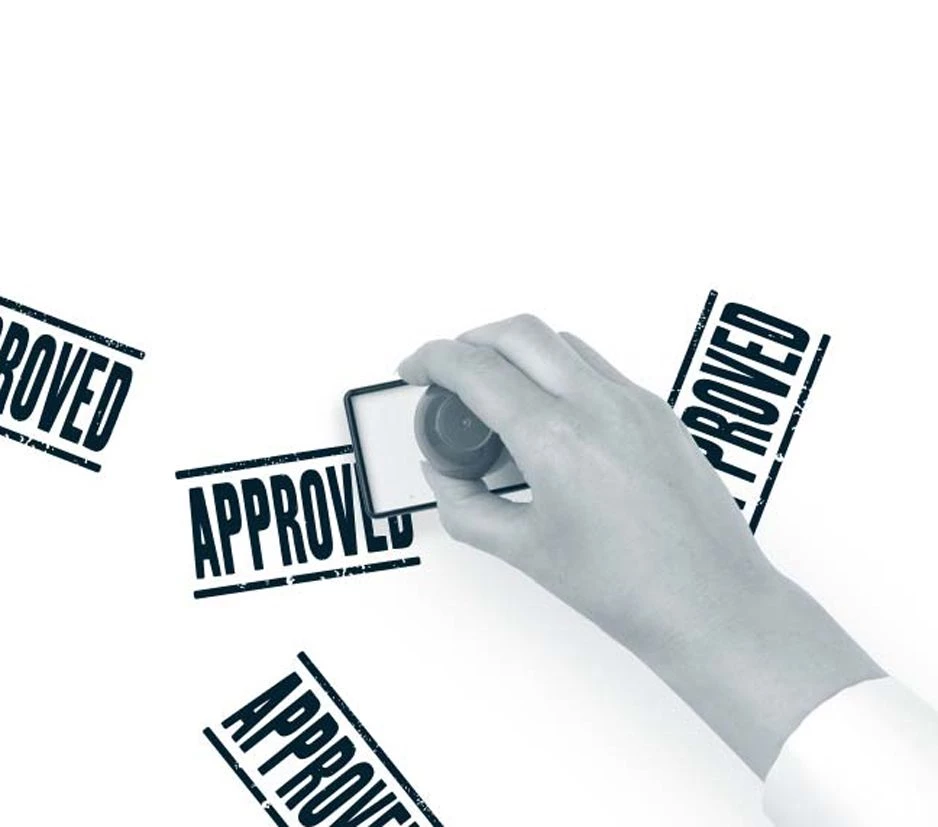
Partner Article
Best Practice for… Avoiding HMRC Inquiries.
No company wants to be subjected to a stressful HMRC inquiry, but armed with the correct knowledge and experience you can vastly reduce the chances of an inquiry into your R&D tax relief claims, which is one less thing to keep you awake at night! Here are our recommendations for making successful, inquiry free claims:
Understand the meaning of R&D
Firstly, and most importantly is a need to understand what qualifies as research and development (R&D) as defined by the HMRC guidelines, and how this is reflected in a company’s work. Since the introduction of the programme, HMRC have refined their interpretation of the guidelines, so in order to make a claim that doesn’t raise any questions it is crucial to be aware of HMRC’s most up-to-date viewpoint. It can be hard to identify which activities within a project are classed as R&D, even when the project as a whole falls under the R&D banner. Making sure a company is able to specify exactly which aspects of their work are R&D, as described by the HMRC guidelines, ensures that the claim is robust and far less likely to come under scrutiny from HMRC.
Understand what is not R&D
In addition to pinpointing the activities that can be included as R&D, it is also important to understand those that are not eligible. R&D tax relief cannot be claimed for routine company work, so making a successful, question-free claim is dependent on differentiating the everyday functions of a company from those that are genuine R&D. Working alongside the technical team carrying out the research is the best way to make an accurate assessment, as they are actively involved with the projects on a daily basis.
Make sure the numbers reflect the R&D
Nothing gets HMRC’s attention quicker than big numbers, and when that number represents the hours worked per week or the consumable costs of a small or medium sized project, it is almost guaranteed to raise eyebrows – and questions. Of course what counts as a reasonable cost for one business may be significantly more – or less – acceptable for another. Consider if the costs accounted for are normal for that particular sector, and if the technical report clearly supports the numbers. This will ensure that the claim process runs smoothly, and that the taxman’s eyebrows remain stationary!
Keep it simple
It is vital that the technical report is clear and intelligible – not full of industry- specific jargon, which will almost certainly raise questions at HMRC, if only out of a need to decipher what it is the company in question actually does! The report needs to explain the R&D in simple layman’s terms, whilst still detailing the technology of the projects. In order to do this it is essential to have a technical understanding of the work involved. Which is why you should always talk to someone within the company’s technical team, with a working knowledge of the complex procedures taking place. They will be much better at explaining them than someone from the finance department who has no experience of the company’s projects.
Quick check list
- Have a thorough understanding of HMRC guidelines.
- Never claim for work that is ineligible.
- Tie the claim back to guideline specifics.
- Use ‘user-friendly’ language in application.
- Make sure the technical aspects are clear and detailed.
This was posted in Bdaily's Members' News section by Jumpstart Ltd .
Enjoy the read? Get Bdaily delivered.
Sign up to receive our popular morning National email for free.








 How to make your growth strategy deliver in 2026
How to make your growth strategy deliver in 2026
 Powering a new wave of regional screen indies
Powering a new wave of regional screen indies
 A new year and a new outlook for property scene
A new year and a new outlook for property scene
 Zero per cent - but maximum brand exposure
Zero per cent - but maximum brand exposure
 We don’t talk about money stress enough
We don’t talk about money stress enough
 A year of resilience, growth and collaboration
A year of resilience, growth and collaboration
 Apprenticeships: Lower standards risk safety
Apprenticeships: Lower standards risk safety
 Keeping it reel: Creating video in an authenticity era
Keeping it reel: Creating video in an authenticity era
 Budget: Creating a more vibrant market economy
Budget: Creating a more vibrant market economy
 Celebrating excellence and community support
Celebrating excellence and community support
 The value of nurturing homegrown innovation
The value of nurturing homegrown innovation
 A dynamic, fair and innovative economy
A dynamic, fair and innovative economy